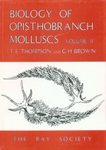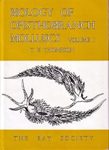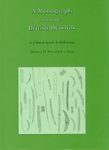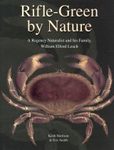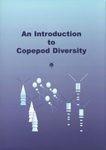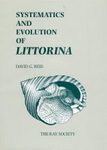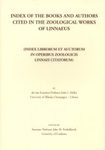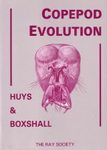Identification Key Monograph
By: AJ Brook(Author), DB Williamson(Author), JH Price(Editor), NJ Evans(Editor)
364 pages, 157 plates with b/w line drawings; 5 b/w photos and b/w illustrations
![A Monograph on Some British Desmids A Monograph on Some British Desmids]()
Click to have a closer look
About this book
Customer reviews
Related titles
About this book
Desmids are freshwater green algae appearing to be a pair of joined cells (hence their name, derived from the Greek "desmos" meaning a bond or chain) but in fact made up of two characteristic half cells (semicells). They have considerable diversity in their external morphology and are the largest of the unicellular plants, allowing them to be easily handled and cultured for their use in studies of morphogenesis, physiology and genetics.
Because Desmids have very considerable morphological variability (polymorphism) a given species can exhibit a range of growth forms. Consequently, many forms have been given taxonomic status by earlier workers. A Monograph on Some British Desmids provides descriptions which take into account the range of variation that can be expected for each species in the populations studied by the authors; unlike the descriptions, in many cases, provided by earlier workers.
A Monograph on Some British Desmids has been produced to reflect the considerable changes in desmid taxonomy and systematics, together with the additional knowledge now available on desmid distribution and ecology in the British Isles. It provides dichotomous keys for the identification of the 100 or more species and varieties of the 7 saccoderm (the subfamily Mesotaenoideae) and the 4 placoderm genera (from the families Peniaceae and Closteriaceae) described together with information on their distribution and ecology in the British Isles. The introductory material deals with the recent changes in desmid taxonomy and systematics, the habitats where desmids occur, together with collection, preservation and examination methods.
The first volume of the Wests' series of monographs on British Desmidiaceae was published in 1904 by the Ray Society. The fifth and last volume was published (after the deaths of both of the original authors) in 1923.
Customer Reviews
Identification Key Monograph
By: AJ Brook(Author), DB Williamson(Author), JH Price(Editor), NJ Evans(Editor)
364 pages, 157 plates with b/w line drawings; 5 b/w photos and b/w illustrations


















